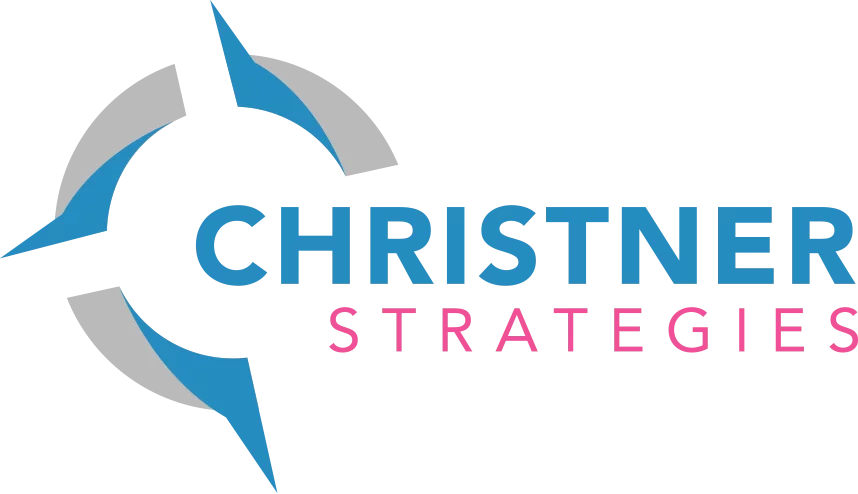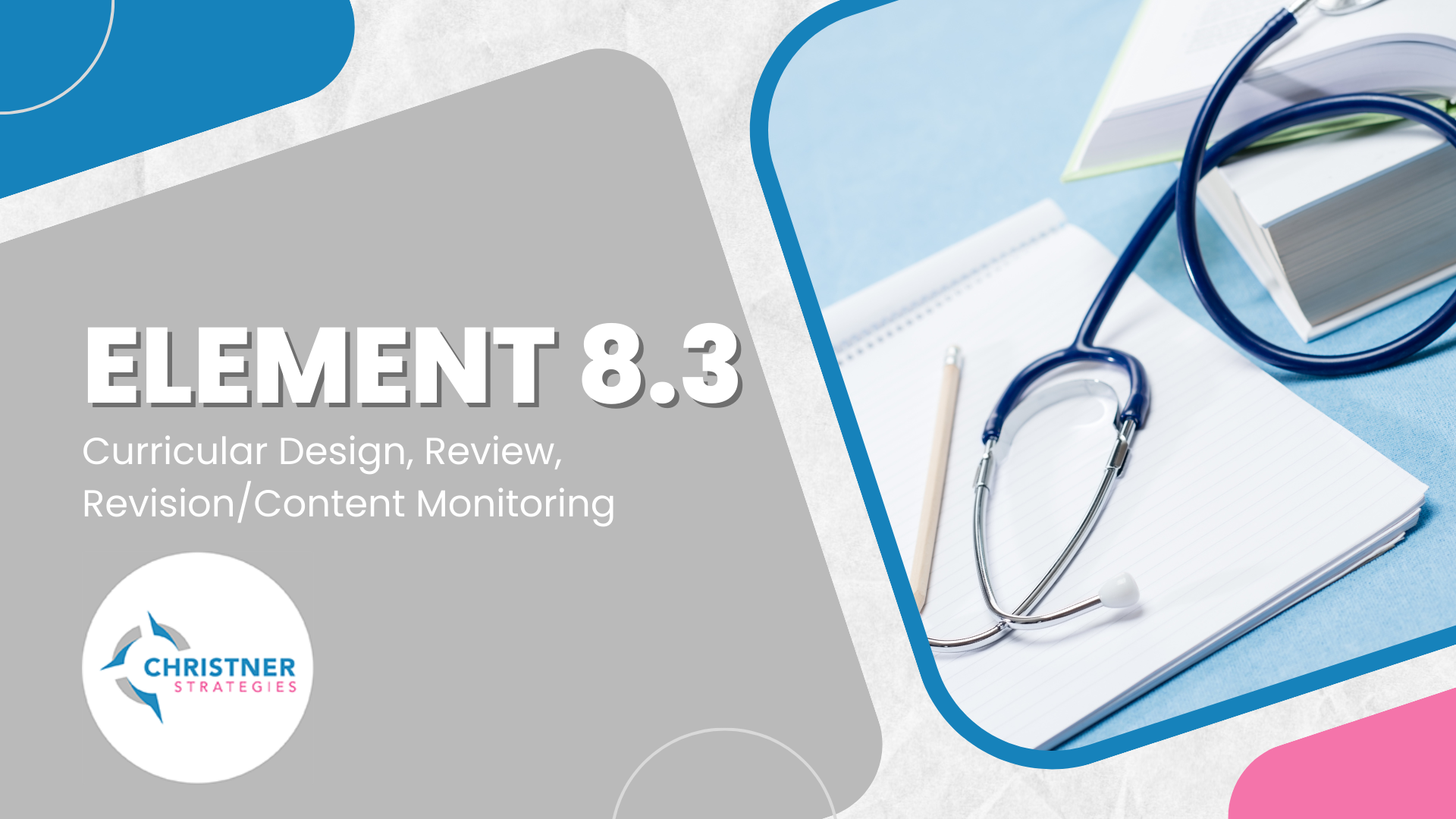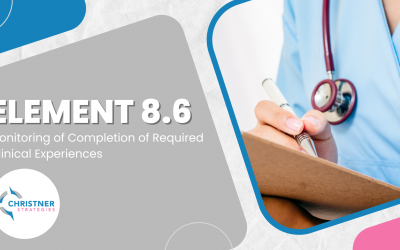LCME Element 8.3 – Curricular Design, Review, Revision/Content Monitoring
The faculty of a medical school, through the faculty committee responsible for the medical curriculum, are responsible for the detailed development, design, and implementation of all components of the medical education program, including the medical education program objectives, the learning objectives for each required curricular segment, instructional and assessment methods appropriate for the achievement of those objectives, content and content sequencing, ongoing review and updating of content, and evaluation of course, clerkship, and teacher quality. These medical education program objectives, learning objectives, content, and instructional and assessment methods are subject to ongoing monitoring, review, and revision by the responsible committee.
Hidden Curriculum
There is a lot contained in Element 8.3 and it works in tandem with many other elements in Standards 8 and 9. It may be helpful to divide Element 8.3 into two parts, both of which should be fully aligned: 1) curriculum design that flows from the program level down to individual courses and 2) systematic review of all curricular levels and components, including courses, phases, and whole program.
Let’s start with the curriculum design piece. A medical school must empower its primary curriculum/education committee to create the structure for collaborative, committee-based development of learning objectives, assessments, content selection, and content sequencing. To guide this work, a school’s North Star is always its overarching program objectives. Keep the following practices in mind:
- It is a critical first step to ensure every course’s learning objectives are derived from the school’s overall program objectives. You should NOT say that you “Map Back” to the school’s learning objectives. Rather, course objectives “Flow From” the school’s learning objectives. Course directors should not work in isolation to develop learning objectives, nor can they substitute a clinical discipline’s national standards for program specific learning objectives. The appropriate subcommittee should be fully involved in the development of learning objectives, which the primary curriculum/education committee must review and approve.
- Every learning objective must have a corresponding assessment that is designed to measure its attainment. Faculty must be on the lookout for “loner” learning objectives that lack an assessment or “purposeless” assessments not grounded in an objective. Note that Elements 9.4 and 9.5 elaborate on expectations for assessments in greater detail, but 8.3 establishes the need for assessments to fit the nature of the learning objective. A mismatch of assessment and learning objective (e.g., using a multiple-choice test to demonstrate clinical skills) or lack of variety in assessments will raise red flags.
- Faculty must work together to thoughtfully select and sequence content within and between courses and phases. Schools should adopt a software solution for a curriculum inventory, and those that lack one may invite scrutiny. However, simply having a system for curriculum inventory is not sufficient. A program must also be able to demonstrate that they use it in a routine manner to detect gaps and redundancies across the entire curriculum.
For many schools, the biggest vulnerability related to 8.3 relates to the evaluation requirements, which demands forethought, resources, and, most importantly, follow through.
- It is not uncommon for schools to overly focus on course evaluations, giving less attention to the evaluation of the program as a whole and even neglecting phase evaluations. There are interdependencies in a well-designed curriculum, and the LCME expects every level to be reviewed on a continuous basis to ensure every part builds and connects appropriately. You MUST demonstrate that you have phase and whole curriculum reviews. You MUST have evidence that you had these in the years prior to the visit and better yet- made some changes (even if minor) from these reviews.
- Reviews that solely focus on assessment data are incomplete. There are many educational and operational facets of curriculum management that require ongoing monitoring, such as feedback on teaching quality, mistreatment data, clinical log completion, comparability of branch campuses, sufficiency of faculty, and adequacy of facilities. Program evaluation must explore the various pieces of data holistically to determine if program objectives are being achieved.
- When using student assessment data, schools must set clear standards of achievement for phases and program, otherwise a program cannot determine whether it is meetings its program objectives.
Best Practices
Share learning objectives with students, residents, and faculty.Programs are required to distribute learning objectives to students and the individuals who will teach them. Use a chart to display a course’s selected program objectives and corresponding learning objectives, as well as formative and summative assessments. A chart provides an accessible visual for a range of users to understand the relationship between the program and course.
Create, adopt, and stick to a schedule! At the start of each phase’s academic year, create a schedule that assigns dates to the types of reviews to be conducted and then put them on faculty calendars as soon as possible! A great use of standing subcommittee meetings is to share findings and goals from course reviews and conduct phase evaluations. If a school opts to capitalize on these meetings, ensure course evaluations are completed beforehand and phase review documents are distributed with plenty of lead time for faculty to digest the data. Remember, part of the schedule includes elevating course and phase reviews to the primary curriculum/education committee for its review and approval.
Include the right people. Fully integrate the accreditation and CQI staff fully into all committees. These individuals should regularly attend all committee meetings to build relationships with the faculty and staff, be a part of decisions that affect data collection, and stay abreast of curricular issues that can compromise compliance.
Continuous Quality Improvement
Element 8.3 is all about CQI! It is helpful to create templates for course, phase, and whole program reviews.Keep in mind, reviews are more than dazzling data displays. They should include references to the LCME elements that faculty are expected to understand and interpret as they view data. Further, they should be action-oriented, prompting engagement and goal-setting. Why invest the resources to gather, review, and discuss data if you do not put accountability measures in place? So, build this aspect into the template. Use the review to close the loop by documenting issues/goals/changes and the plans to address them. Most importantly, goals set in one academic year must be revisited in the subsequent year’s review to determine and document if they were achieved. Doing so is not only a CQI best practice, it prepares faculty to answer questions that any eagle-eyed site visit will pose after reading the DCI. Related to setting goals is the timing and frequency of curricular reviews. Reviews should be frequent enough to detect and act on issues as well as document goal achievement. Annual reviews are a best practice, with courses having more frequent check-ins for issues that requires responsiveness, such as mistreatment data and quality of teaching.




0 Comments